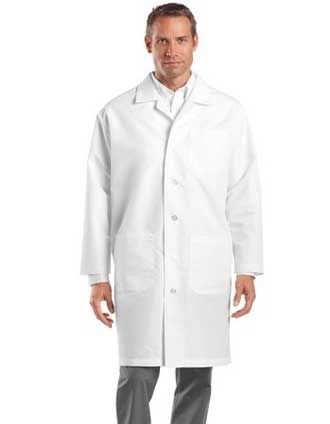JSYK:
It’s been a while since I have updated my blog, I almost forgot about it since I have been working a lot out of the office and more on field work, until I realized that it has been almost six months since my last post.
Readers know that I have posted about what a lab coat is, the people who wear lab coats and lab jackets, the different lab coat styles, and the different fabrics used to make these labcoats. But what I have not done is post if its okay to accessorized or customize your lab coats.
The best way to customize lab coats is to have it personalized through embroidery. What you can do I have your name and designation or the hospital logo embroidered on it. Some hospitals require it and they themselves have their medical staff’s lab coats customized while other want to make their beautiful and professional looking lab coats more unique. That is when they have it personalized.
Before you order your lab coat online make sure you look for other promos, deals and discounts that you can get. One of these stores where you can buy uniforms will most likely offer low-cost embroidery service. Custom embroidery or monogramming adds a certain distinct and professional look to your lab coat and even to the scrubs that health care professionals wear. If you want to have your logo embroidered then you will have to send in your artwork so the online clothing stores can have it digitized – the process by which your artwork is converted to stitches so that your logo can then be embroidered.
If you just want your name and designation to be embroidered then all you have to do is choose the font, color of the thread and embroidery location. Depending on the online store from where you buy uniforms, lab coats for your clinics or for your salon uniforms, the number of fonts can of course vary. The fonts commonly used for embroidery are:
Classic Fonts: Tahoma, Times Roman, Veranda, Script, Formal Script, Helvetica Bold, Agatha, Pulse Font, Good Times are just some of these fonts.
Ancient Fonts: Old Block, Gothic Script, Oriental Script, Chancery, Handy Script, Royale, Old English, Brush Script, Cayman, Castle, to name a few.
Playful and Fun Fonts: Kids Time, Catla, Book Script, Border Block 2, Schoolbook, Viking Script, Victorian, Typewriter, Mandarin, and so many more.
Here are samples of some logo and name embroidery I saw from DigitPlace - a website that offers digitizing services.
Image Source: DigitPlace



















